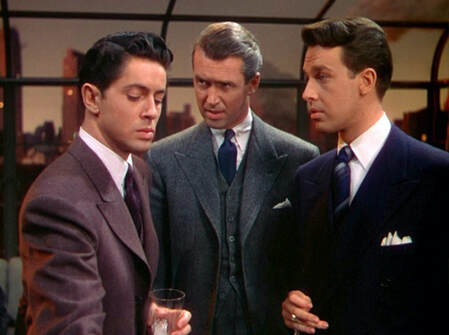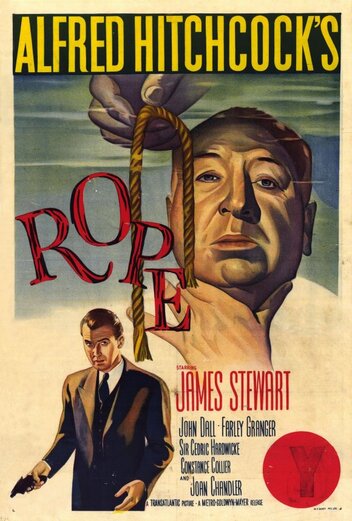Written by John Edward Betancourt  I think that it is safe to say, that modern society is utterly fascinated with the notion of murder and it makes sense as to why. For homicide is in many ways, one of our darkest and most twisted acts, one that in essence serves as the anthesis to everything that mankind has worked toward. So, we pour over this act, often times in popular media, in order to understand what would drive a modern person to actively choose to end the life of another human being and that’s led to countless stories that peel back the many layers surrounding people who commit murder with seeming impunity. However, there is a grandiose flaw in using fiction to understand the nature of murder. Simply because that’s a safe and controlled environment, one where we can provide an easy answer as to why people kill. Which is why so many stories feature notions of killers who are psychologically broken because of a poor family life or a powerful moment of trauma. And while there is some credence to that since we have learned of killers who indeed suffer from such mental maladies in real life, what we often miss in these stories; is that sometimes murder is not an influenced or well-thought out act. Sometimes murder happens in cold blood or in the moment, and it happens without meaning or reason and that’s what makes it so hard to process; the fact that we can revert to our animalistic nature on a moments notice in an era when we should be refined, and the uncomfortable nature of that, keeps that particular exploration out of popular media more often than not. But from time to time, a story will emerge that takes the time to examine the raw savagery of murder and oddly enough, there is a film out there that explores this darker aspect in a frank and raw manner in Alfred Hitchcock’s Rope. Now in this particular film, the audience is invited to a dinner party hosted by two young and intelligent men named Brandon and Philip, and the purpose of this particular party is all part of a grand social experiment for these two young men. Because they are out to prove that they can commit the perfect crime and get away with murder. But thankfully, no one at the party is going to be subject to their twisted machinations, in fact, the guests are there to prove to their point. For hours before the party started, these two young men invited over an old classmate and strangled him in cold blood, hiding the body in the very room where they planned to the host the event. And now it will be up to Brandon and Philip to keep their cool and get through the night in order to prove that anyone can get away with this heinous crime, but that won’t be an easy task. For their brilliant former housemaster Rupert Cadell is in attendance as well, and he quickly begins to realize that there is something quite off about this celebration.  So, I’m sure at this point, you’re thinking that the fact that we discussed a motive for our main characters, in essence negates my point about how this movie is about the savagery and randomness of murder and that’s simply not the case. In fact, their active decision to take a life and keep the corpse near the dinner party guests speaks volumes to their cruelty and their savagery. For in essence, they don’t value life in the slightest since they were able to kill someone without giving it a second thought or an ounce of remorse, and the fact that they see this as a great big game, one that they can win is as twisted and as cold and as random as it gets. Which quite frankly is still stunning to see on screen after all these years, because I am still hard pressed to find a film that takes the time to portray murder in such unsettling fashion, and seeing these young men play their little game with a sense of glee only adds to the uncomfortable nature of this twisted tale. Yet I would be a fool to not take a moment and discuss the wonder and the majesty of how this film is assembled because it is a technical marvel. Because it quickly becomes clear early on, that Hitchcock wanted this motion picture to feel as though it is playing out in real time, offering the audience a unique experience, and what Hitchcock does with the camera helps achieve that goal. For the long and extended takes are indeed seamless in nature, and the fact that he filmed the story in color is equally as bold since it prompts him to be creative with the cuts. But what matters more, is what you experience on an emotional level when watching this film. Because throwing in a wonderfully realistic cityscape in the background, one that shifts with the hours, alongside those incredible camera tricks; helps you to feel as though you’re a part of this claustrophobic world. Where a dead body is mere inches away from you, and that just makes for a unique and terrifying motion picture experience. In the end however, while all of these technical twists are special in their own right, they mean nothing without quality actors bringing them to life and thankfully the cast here does a phenomenal job of that. Since the actors at the party really sell the clueless atmosphere, which adds to the horror. But really there are three actors that genuinely sell this story; John Dall (Brandon), Farley Granger (Philip) and of course the legendary James Stewart (Rupert). Because John and Farley’s performances bring apathy to life in this story and of course, Stewart just does this thing here and plays the moral foil that is necessary to bring this story to a close and really, this is just a brilliant film through and through. For it is dark, bleak and powerful and thoughtful as well since it does indeed sell the fact that some people don’t value the lives of others and it is up to the rest of humanity to worry less about the cause and focus more on prevention, since life is indeed precious and the loss of a single person, can shatter so many and that makes this motion picture poignant and relevant seventy-one years after its relea
0 Comments
Leave a Reply. |
Archives
March 2025
|
|
© 2012-2025, Nerds That Geek LLC.
All Rights Reserved. |
uWeb Hosting by FatCow


 RSS Feed
RSS Feed